Buddhist shrines 🢔 Religious architecture 🢔 Architectural wonders 🢔 Categories of wonders
Wonder
Somawathie Stupa
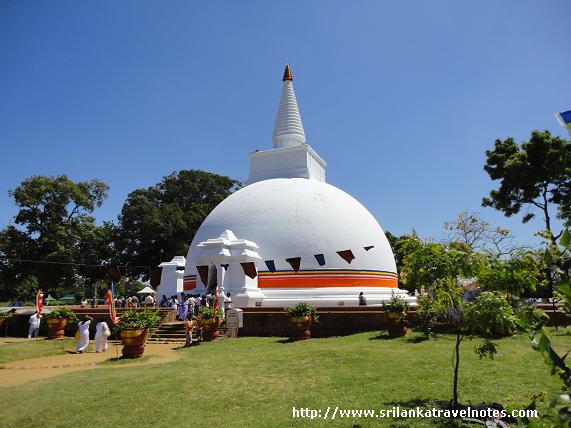
 In short
In short
It happened in 1947 when Buddhist monk Sirimalwatte Piyaratana Thera with some other monks walked through the remote jungle in the northern part of Sri Lanka. They noticed a bright ray of light rising from the jungle towards the sky. As they reached this light, they discovered an ancient stupa covered with jungle. Thus the legendary and mysterious Somawathie Stupa was rediscovered two millennia after its construction.
 44.8%
44.8%
GPS coordinates
Location, address
Alternate names
Age
Religion
Map of the site
If you see this after your page is loaded completely, leafletJS files are missing.
 In detail
In detail
History
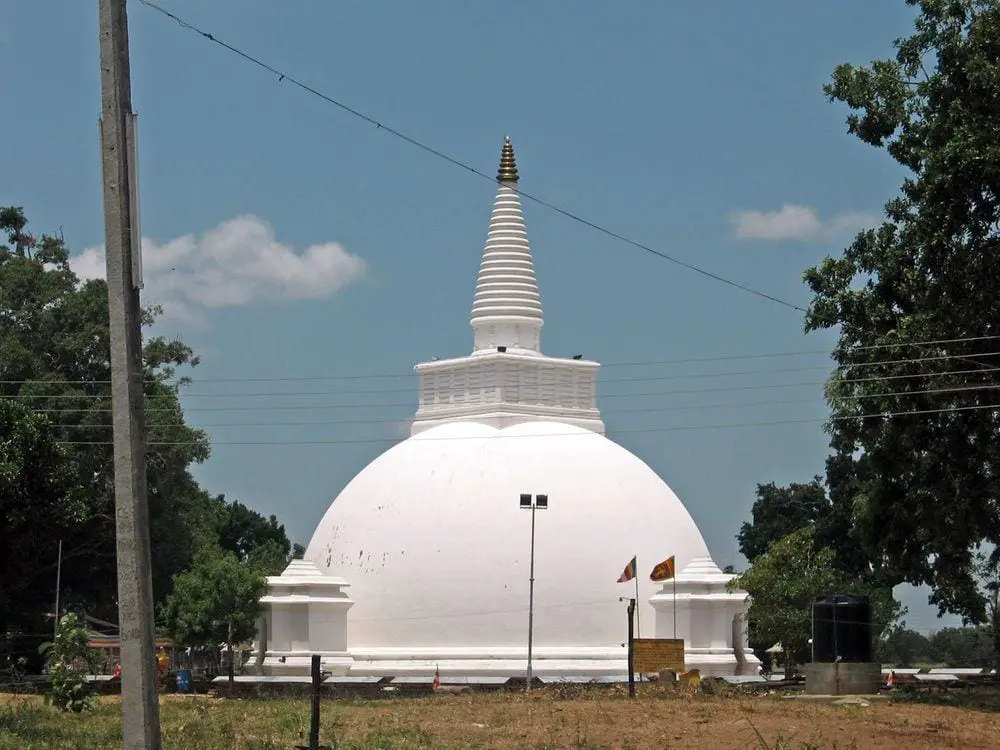
Ancient times
It happened before any of the major stupas was built in Sri Lanka – in the 2nd century BC, when the first Arahant (the Enlightened) of Sri Lanka – Aritta Thera returned from his voyage to the abode of Gods. He brought home a valuable relic – the Sacred Right Tooth of Buddha. This relic was handed over to prince Giriabha and his consort Queen Somawathie (Soma) – sister of King Kavantissa (father of the great king Dutugamunu).
With this present Somawathie got a desire to build a large stupa to venerate Buddha and her wish was supported by Giriabha and Kavantissa.
They searched for the best place to build this stupa and stopped at a place named Somapura, where monks led by Arahant Mahinda resided. This place at the Mahaveli River was suitable and upon the silent agreement of Mahinda, works were started.
The new temple became very popular, thousands of pilgrims came here, and more and more monks venerated Buddha here. In the jungle around the shrine appeared hundreds of smaller temples for meditation.
In these times Sri Lanka was divided among three kingdoms – Anuradhapura, Kelaniya, and Ruhunu, the last one governed by Kavantissa. Sri Lanka was a highly developed country and especially impressive were the irrigation systems.
Medieval times
As centuries passed, the center of Sri Lankan civilization moved to the south-west and the jungle returned to the north-east. The former man-made landscape with impressive irrigation systems deteriorated and the Mahaveli River changed its course. As a result, the stupa was not easily accessible. Since the end of the Anuradhapura Kingdom (the 9th century AD) this great shrine of the past was almost forgotten. When Europeans came, the area around Somawathie Stupa was sparsely populated, and here were developed plantations.
Recent history
Somawathie Stupa rose from the realm of legends in 1947. The ancient stupa was in ruins and there was started reconstruction. Works proceeded slowly and then were completely stopped by the terrible civil war in 1987.
Terrorists killed many people in this area and tried to desecrate the shrine. But in this time period miracles started to happen here more and more often. Thus, when monks abandoned the shrine, a group of elephants (in floodplains of Mahaveli live numerous elephants) started to guard it. Every evening these animals left the forest and stood around the temple.
Once a monk came and warned police that a group of people is digging treasure at the stupa. As policemen reached the spot, they found that somebody had dug indeed. Meanwhile, the monk somehow managed to disappear and policemen realized that in this locality monks have not been seen for years.
As the civil war ended, reconstruction was completed. Now a new shell of stupa encloses the ancient one, the old stupa is not visible.
For a while people thought that terrorists have stolen the gem which adorned the summit of the stupa. It was found under a tree near stupa and placed back on the pinnacle in 2002. Since then numerous people have observed rays of light emanating from this gem.
Miracles
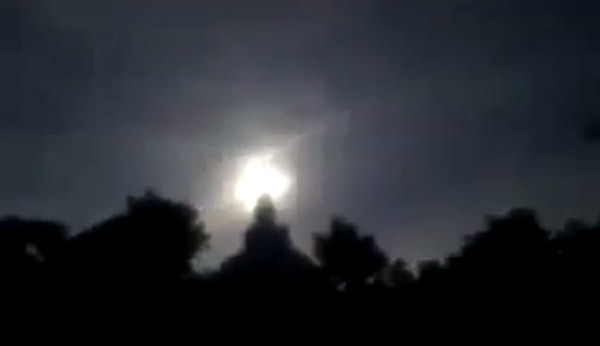
Few places in the world are that rich with legends and testimonies about miraculous events as Somawathie Stupa.
Diversity of mysterious events here is striking. Thus, many have seen small white elephants running inside the temple… and disappearing. An adult, real elephant loves to come at the stupa and is seen when there are fewer people.
Some have seen mysterious processions coming out from… closed temple.
But most frequent are cases when unusual light phenomena are observed here. Rays of light, different floating, and flashing lights, halos, and rainbows are observed by thousands of visitors.
Somawathie Stupa is not the only shrine in Sri Lanka with such mysterious properties. Similar miracles have been observed also at Ruwanwelisaya Stupa and other sites but at Somawathie Stupa the frequency of unusual events is much higher than elsewhere.
Miracles (and peace after the long war) bring more and more people to this area. Drive to the remote temple takes considerable time and the site is not suitable for mass tourism.
Some months per year the visit is much harder to make. Floods raise the river level and stupa is partly inundated and reachable only by boat.
References
- Walter Rupesinghe, Somawathie Chetyia. Srilankaheritages.com.
- Janani Amaresekera, Miracles of Somawathie dagoba attract pilgrims. Sunday Observer, 22nd May 2011. Article includes images of miraculous lights.
 Linked articles
Linked articles
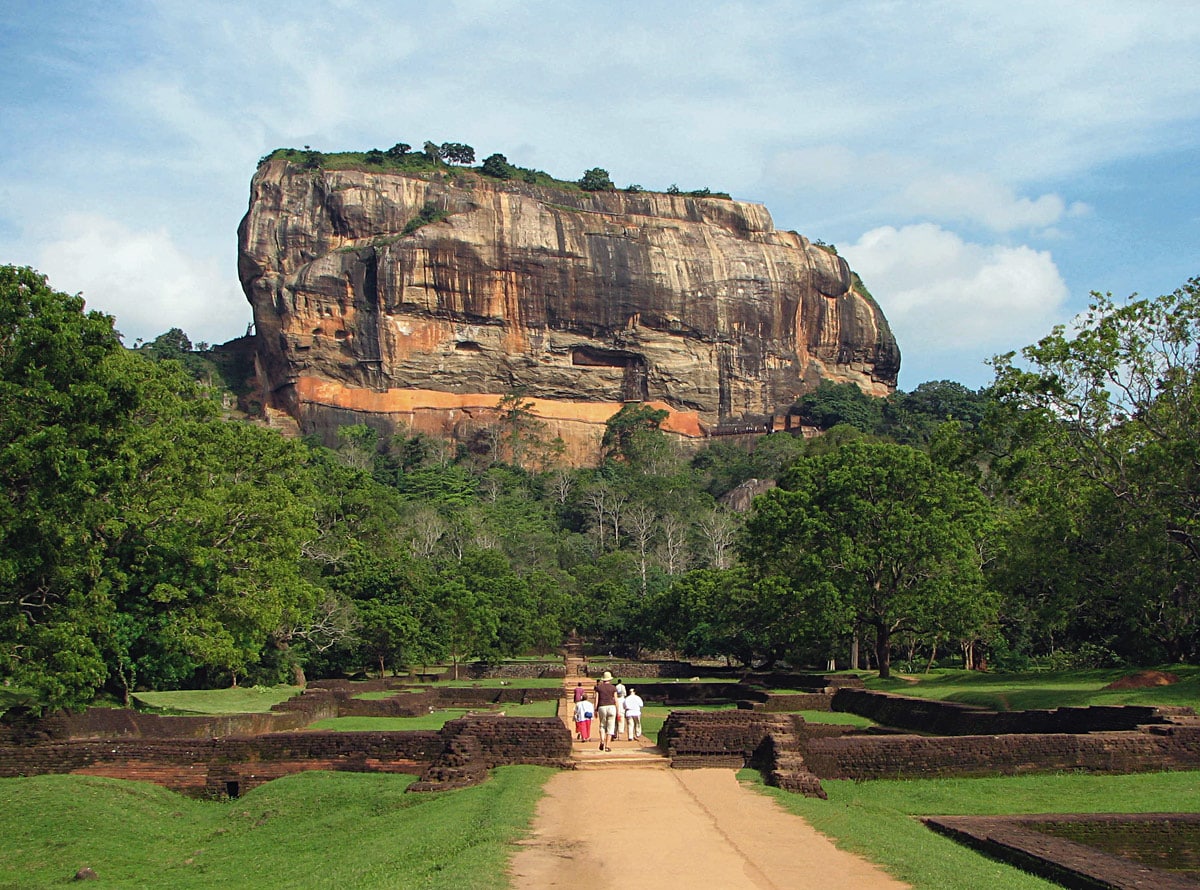
Wonders of Sri Lanka
Sri Lanka may seem comparatively small physically and culturally if compared to the giant of South Asia – India. But this island has huge importance in the history of culture in South Asia, here are found wondrous man-made and natural landmarks, such as some of the world’s tallest ancient buildings, unique rainforests, grand cities of the past, and others.

Buddhist shrines
Buddhism is one of the world religions and at the same time is a spiritual philosophy with diverse traditions, beliefs, and practices. There exists a rich tradition of architecture expressed in Buddhist temples and monasteries.
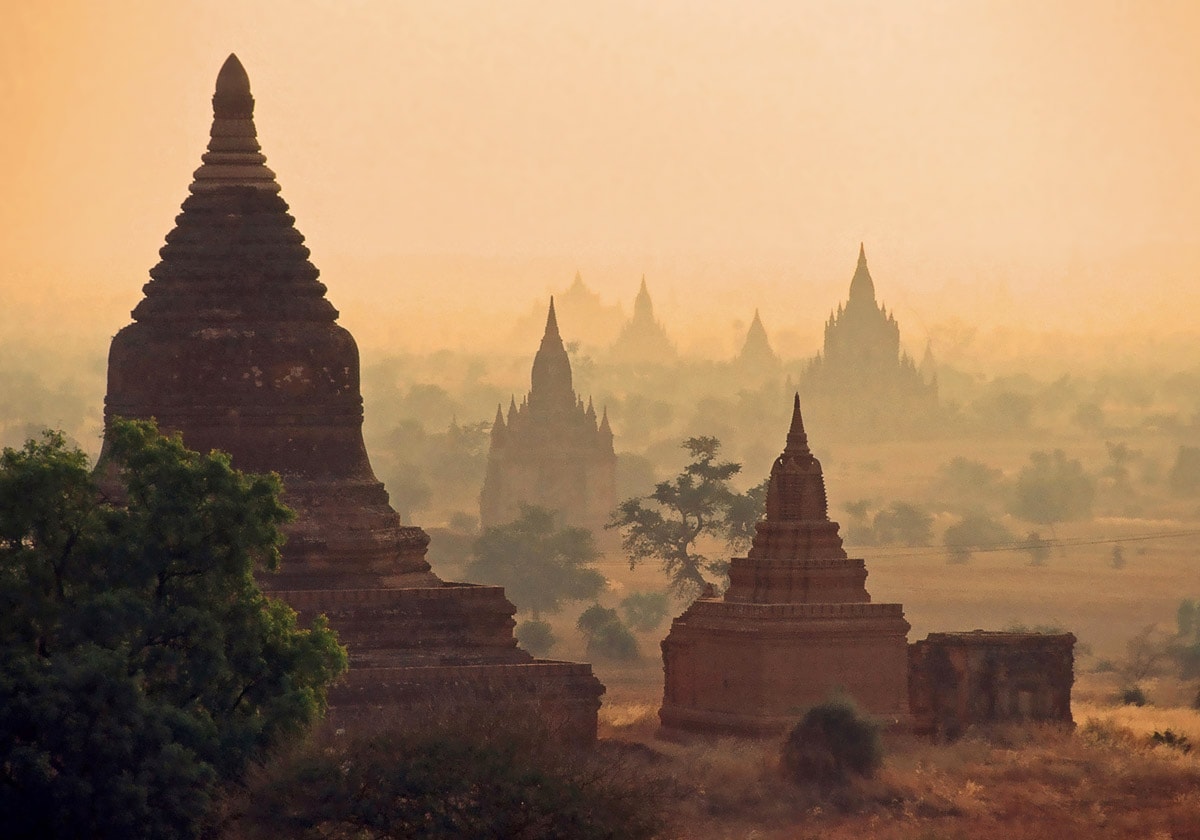
Wonders of Asia
Any other continent (and part of the world) seems small if compared to Asia. This refers also to natural and man-made heritage: in Asia are not just thousands of great landmarks, there are found landmarks created by thousands of diverse cultures from ancient Phoenicians to the mysterious small people in the Philippines and eastern islands of Indonesia.
 Recommended books
Recommended books
The Unexplained Mysteries of The World
We will journey into the parts of the unexplained that still make the most experienced paranormal investigator only stare in amazement.
Buddhist Folk Tales From Ancient Ceylon
This collection of stories tells about the lives of the Buddha before his enlightenment. They were originally told in Singhalese and often even sung to the populace in Pali, the sacred language of the Buddhists.


